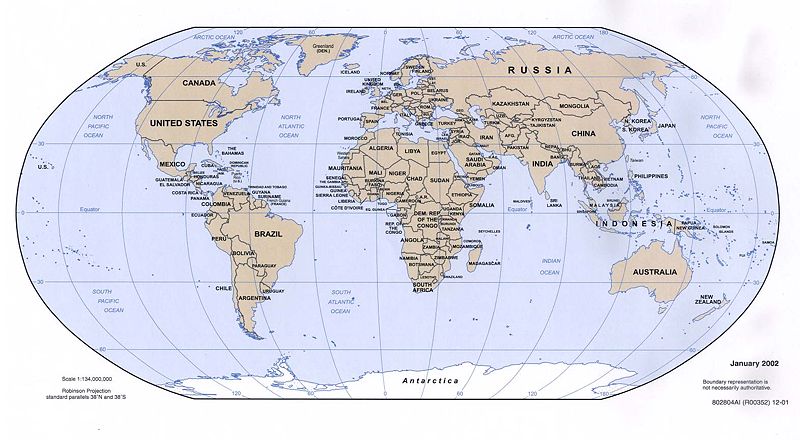Mid-Priced Biotechnology Companies bloom as
M&A Targets in 2013 (Part 1 of 2)
M&A Targets in 2013 (Part 1 of 2)
by Bernadette Tansey

At the annual health care conference run by JP Morgan in San Francisco this
week, and at satellite events surrounding it every year, hundreds of
biotechnology companies showcased their work to investors who might advance
them the capital to keep going. But the companies’ CEOs are also pitching their
value to an equally important part of the audience—big pharmaceutical
businesses or mature biotechs on the hunt for smaller outfits they can snap up
as acquisitions.
So it’s not
surprising that the buzz of the conference centered on what these big buyers
may do in the months to come.
Investment capital
can keep biotechnology companies alive for years—even decades—as they strive to
convert interesting science into lucrative drugs or devices. But an acquisition
by a larger partner yields a sudden and often welcome payout for venture
capital firms and other investors who otherwise would have to wait for the
companies they support to complete an initial public offering.
“Every VC would
tell you their preferred exit (from an investment) would be the sale of the
company rather than the capital markets,” said Glen Giovannetti, Global Life
Sciences Leader for Ernst & Young.
The big questions
are which companies are buying, how much they’re willing to spend, and what
types of companies they’re looking to snap up.
Pharmaceutical
companies that lost patent protection recently on their biggest sellers are
under urgent pressure to shore up their revenues to keep pace with industry
growth, according to an Ernst & Young report released this week.
Pfizer, for example, saw its blockbuster cholesterol-lowering drug Lipitor go
off-patent in late 2011.
But there’s a
limit to how much these companies can spend. Top biotech firms such as Amgen
(NASDAQ: AMGN) of Thousand Oaks, CA—with a market capitalization of more
than $67 billion—are probably too expensive for most suitors’ taste right now.
But Ernst & Young predicts a heightened demand among big buyers for
lesser-priced companies in the range of $5 billion to $20 billion—and bidding
wars could drive up premiums on those acquisitions. The accounting firm
predicts a rise in those “bolt-on” purchases that could immediately beef up
revenues for the successful bidder.
“That’s certainly
the talk here this week,” says Giovannetti, one of the thousands attending the
JP Morgan conference. He pointed to Novartis CEO Joe Jimenez’s predictions
about his company’s M&A plans in an interview with Bloomberg at the
conference. Jimenez said the Swiss drug giant would seek acquisitions
costing no more than $4 billion.
Those modest
Novartis plans are consistent with the downward trends found by the San
Francisco biotechnology investment bank Burrill & Co. in a survey of
2012 M&A activity published on the eve of the conference. The highest
deal value in 2012 was Nestle’s acquisition of a Pfizer infant nutrition unit
for $11.8 billion, compared with 2011, when two top acquisitions exceeded $20
billion and several more were higher than $10 billion.
Although the number of
global M&A deals in the life sciences increased in 2012, their total value
dropped 31 percent to $109.4 billion, Burrill found.
If the big drug
companies could spend more to fuel their growth, they probably would...
Fuente: Xconomy
No comments:
Post a Comment